In calling this book Beyond the Culture Tours, the authors bring the reader's attention to a set of issues in the teaching of literature and culture. The Culture Tour is an old concept in the West, dating back to the seventeenth century. The educated young man -- it was an exclusively male project at first -- was expected to round off his education with the Grand Tour. This meant a visit to the major sites on the European continent, particularly Greece and Rome, and occasionally to the Holy Land. The object was to have a first-hand view of these monuments, and looking at them alone brought people the name of being cultured or well-traveled. As the idea spread in the early part of the twentieth century, it allowed for the vicarious tour rather than the actual one. Students were asked to look at collections of art or reproductions of art work, listen to concerts or later recordings, and to read certain "classical" works drawn from what has come to be known as "the canon." The point of this form of education was that exposure to these works in itself formed a version of the Grand Tour. The basic idea behind the tour approach is that exposure to a culture in books is like travel to an ethnic theme park.
This volume looks beyond the tour approach and reports on the results of a four-year project undertaken by a research team from the National Center for Research in the Learning and Teaching of Literature. Their intent was to study the teaching and impact of multicultural literature. The team examined how students approached texts that either came from their culture or from another, and how teachers perceived the students, the literature, and their role. This volume details various aspects of their findings.


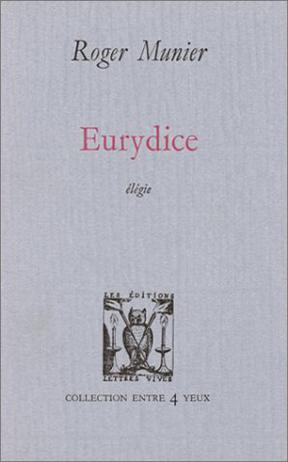
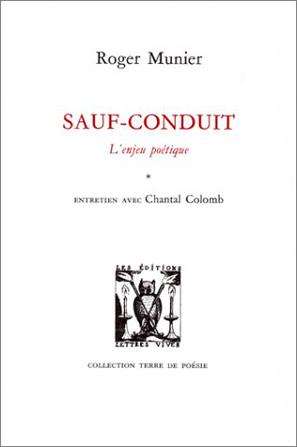
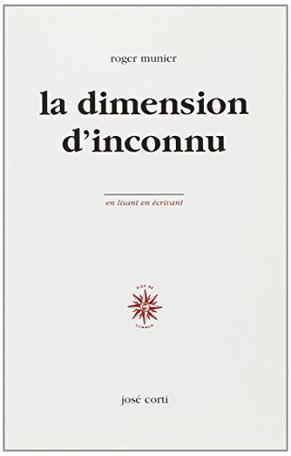
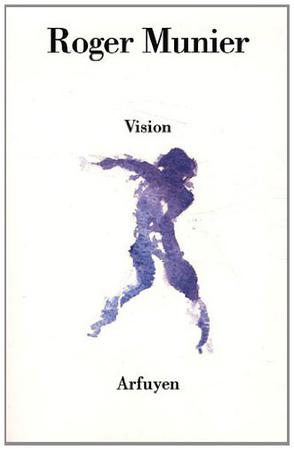
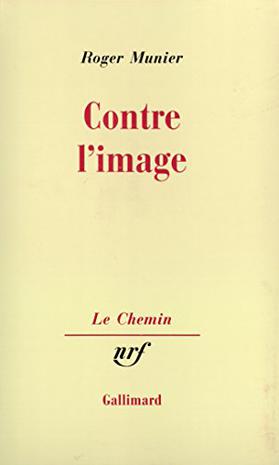
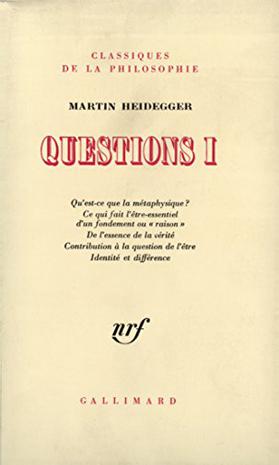
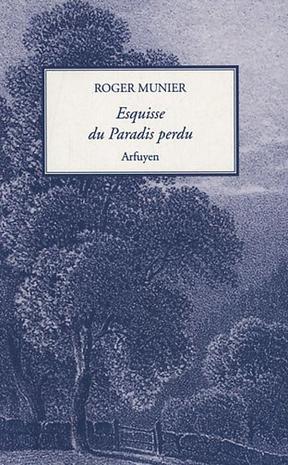
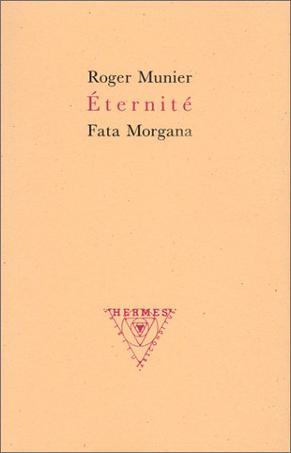
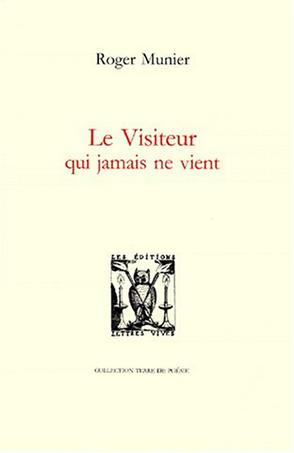
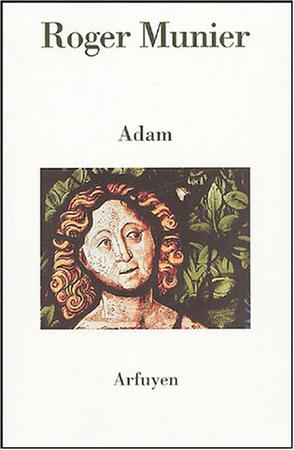
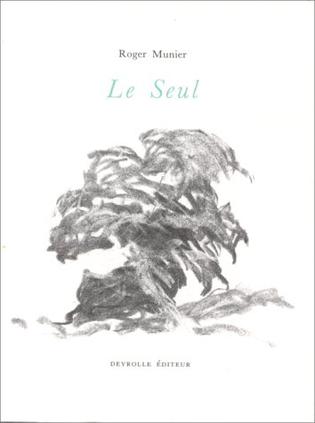
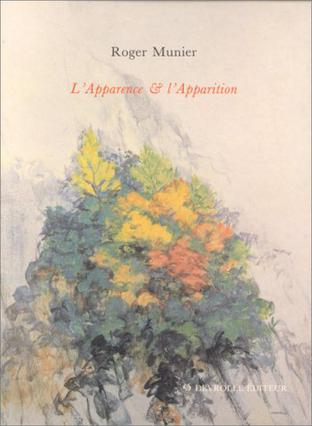
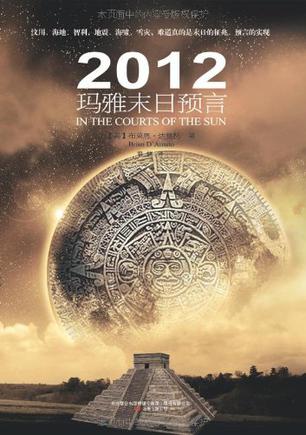
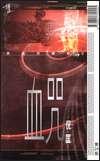
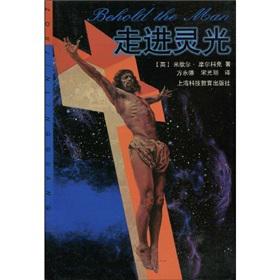
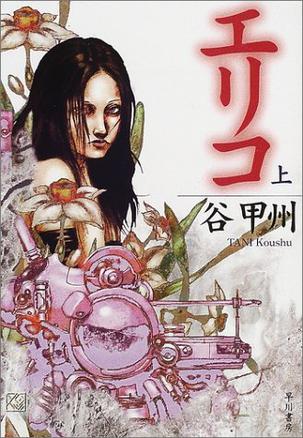
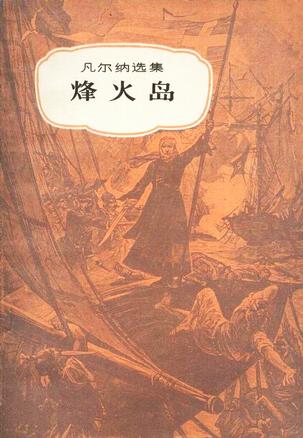
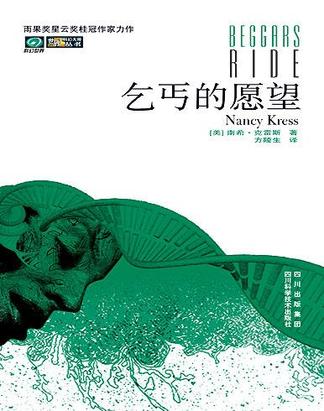
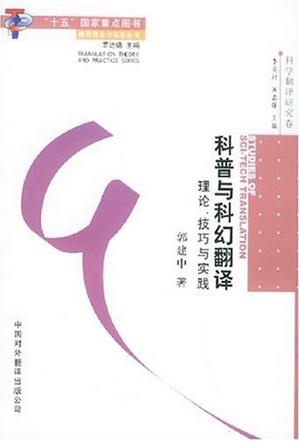
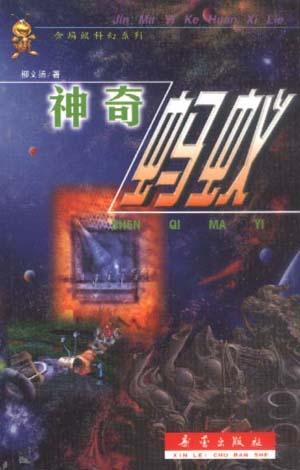

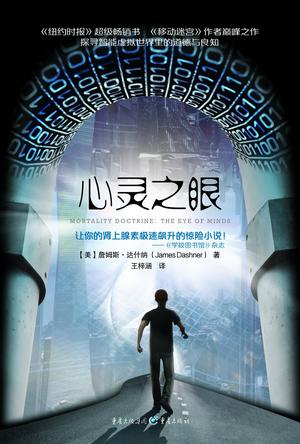
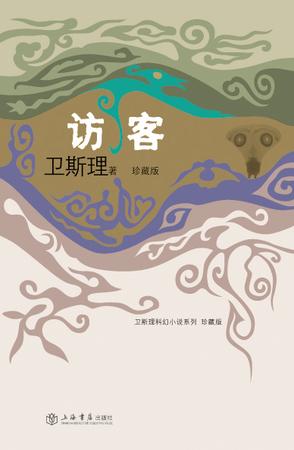
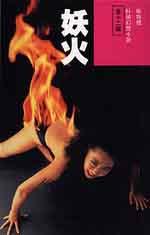
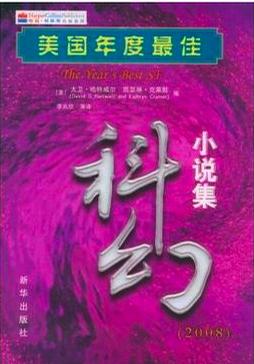
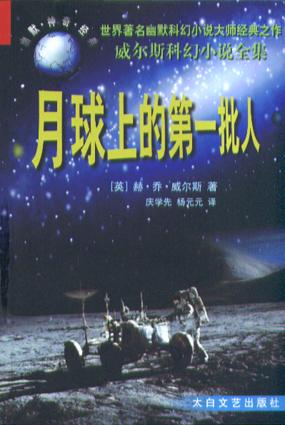
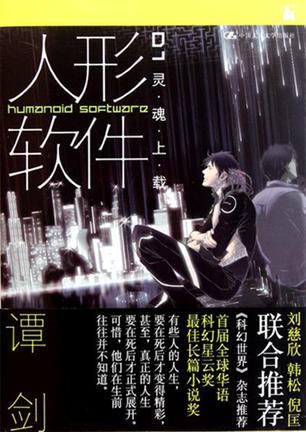
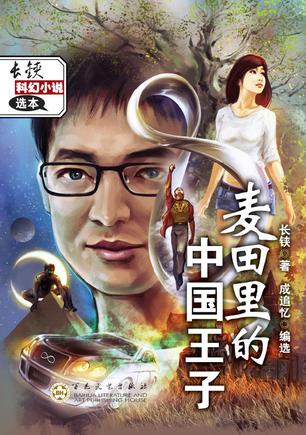
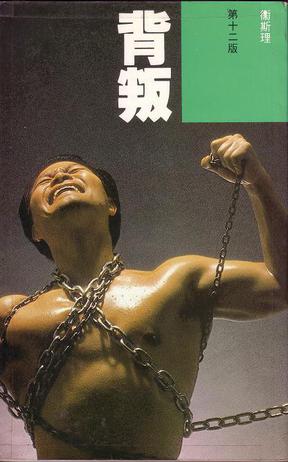
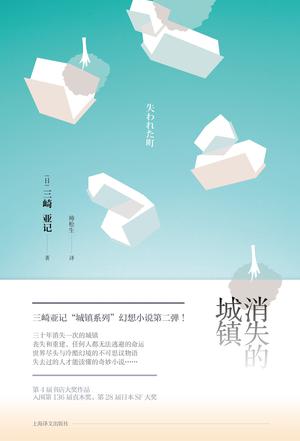

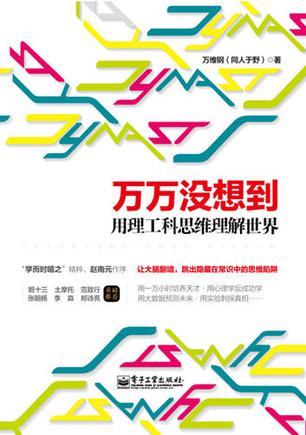

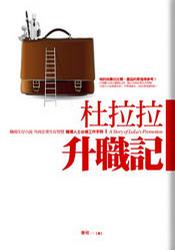
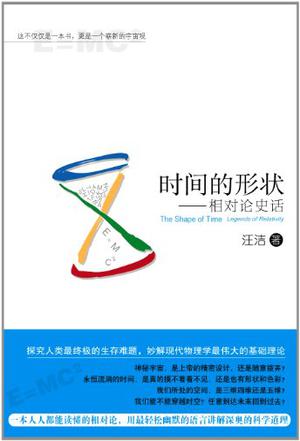
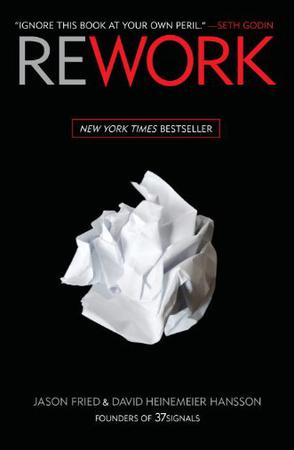
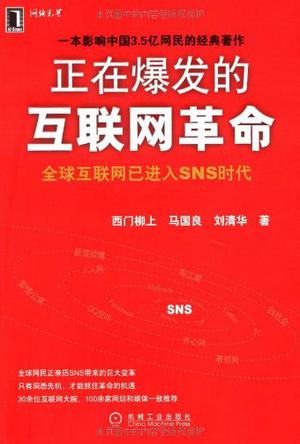
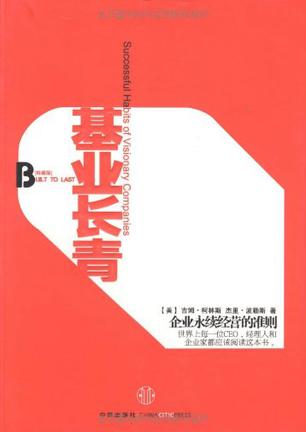

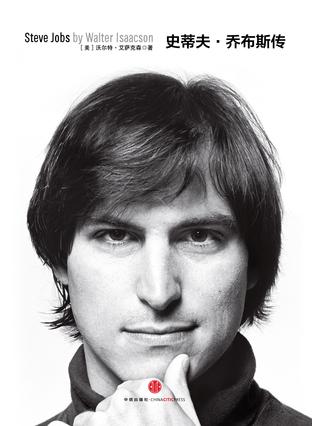
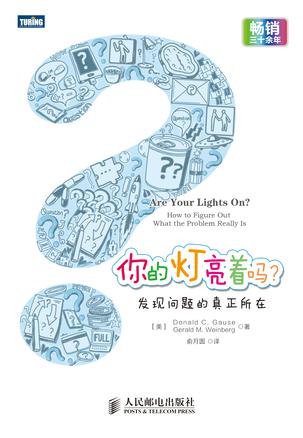
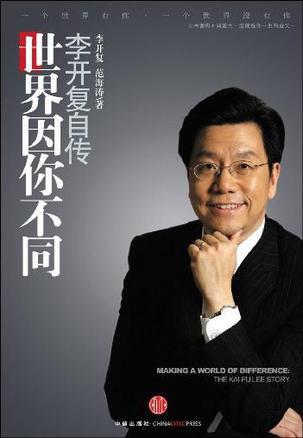
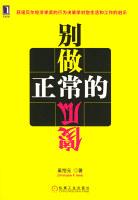
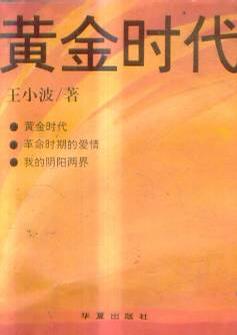
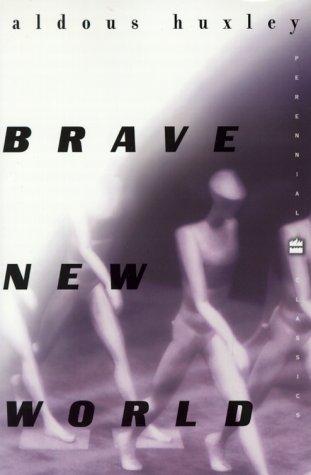
评价“Beyond the Culture Tours”